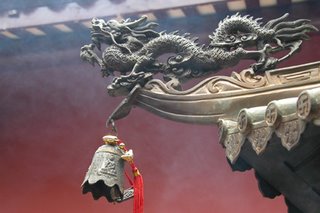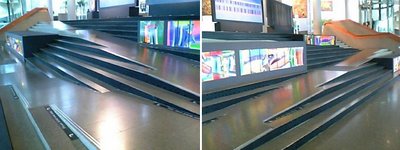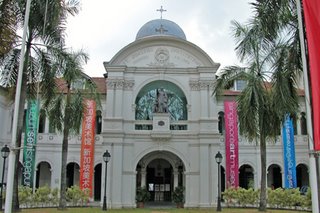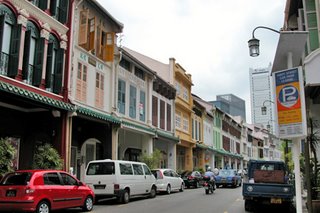
Singapore…, boy, has this city changed since my last visit in 1991!
I am here to accompany a friend who had been wanting to come here for a while. This would be his first time ever. We flew in from Tokyo on a direct flight from Narita, arriving in the early evening, rush-hour Friday traffic. The interior of Chang-I Airport has not changed much at all, but the convenience was extremely remarkable: the path from disembarkation to the immigration hall to the luggage concourse to the taxi stand was the most straightforward route I had ever taken in my entire travel experiences (the opposite being Narita and Heathrow,
among others).
My first trip abroad in the 70s was Singapore; in December 1975 to be exact, around Christmas time and shortly before our trip to Australia. Back then, Singapore was the affordable luxury for Indonesians residing in Jakarta: a weekend shopping trip, or a week-long wallet-walking. Well, that seemed to be the one and only reason to go to Singapore during that time: to shop, shop, and shop, and perhaps take a break and eat at the ubiquitous car park food fair in the evening. Most I knew never made it past Orchard Road, the famous stores-lined street.
Thank goodness my parents were not obsessed with shopping (although each and every member of our family has a weakness for any good bookstores). They took us to the satellite city of Jurong to see the Jurong Bird Park; the Tiger Balm Gardens (now the Haw Par Villa) and a trip to the Sentosa Island. The Tiger Balm Gardens, as one may suspect, was built by the Asian analgesic balm king, Aw Boon Haw, as an entertainment venue that featured Chinese legends and mythology.
Singaporean English was the first English with a local dialect that I have ever heard. When we were learning English, it was the formal British English, where rubber really meant eraser, and not the protective means that you put in your penis before a sexual intercourse. Our intonation was purely English, but to hear the locals speak English was quite entertaining, not too mention confusing at times. One evening, for example, we were trying to go back to the hotel, so my father told the taxi driver, “Hilton Hotel.” The driver kept looking at him quizzically. He kept on pronouncing the word with slightly different accents, but to no avail. Being the former Boy Scout that he was, he took out the hotel’s business card and handed it to the driver, who studied it seriously before a loud “A-HA!” “New-Toong Hotel!” said he. We were looking at each other and thought, “What?”
My father asked him to pronounce it again. He must have thought that this was how local pronounced the hotel’s name. So, the next time he told another taxi driver to go to “New Toong Hotel” and voilà, the driver understood it immediately. My father was beaming that he could speak like the locals; that was, until we were delivered to a hotel with the name Newton or something like that. Then the pronunciation game started all over again.
For me, that first time abroad to a country known for its discipline and hard working people opened my eyes to what a city-state could look like: the sidewalks were always swept clean, the store fronts spotless, and the people honest. Lee Kwan Yew, the Prime Minister at the time, was having a campaign where he wanted the people of Singapore to smile more frequently. In most department stores I went, I encountered employees spotting a fried-egg-sized bright yellow button of with a smiley face we came to know as “Mr. Groovy.”
Click here for more pictures




